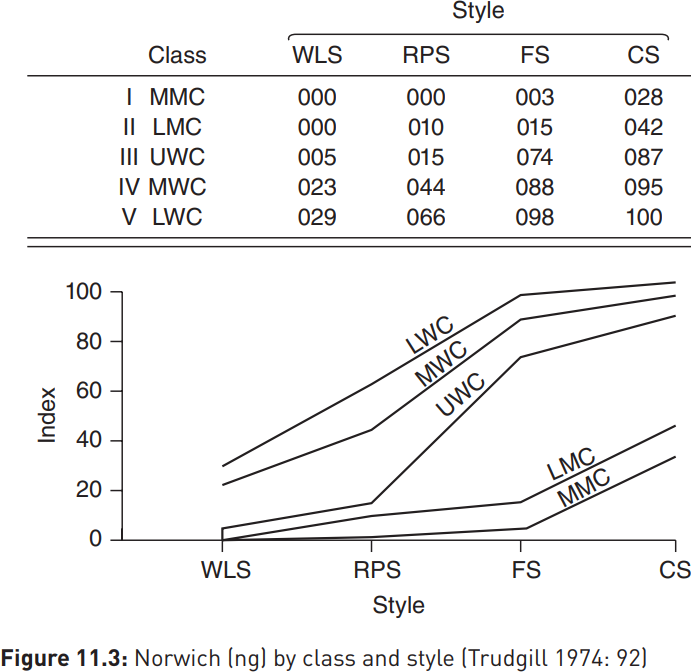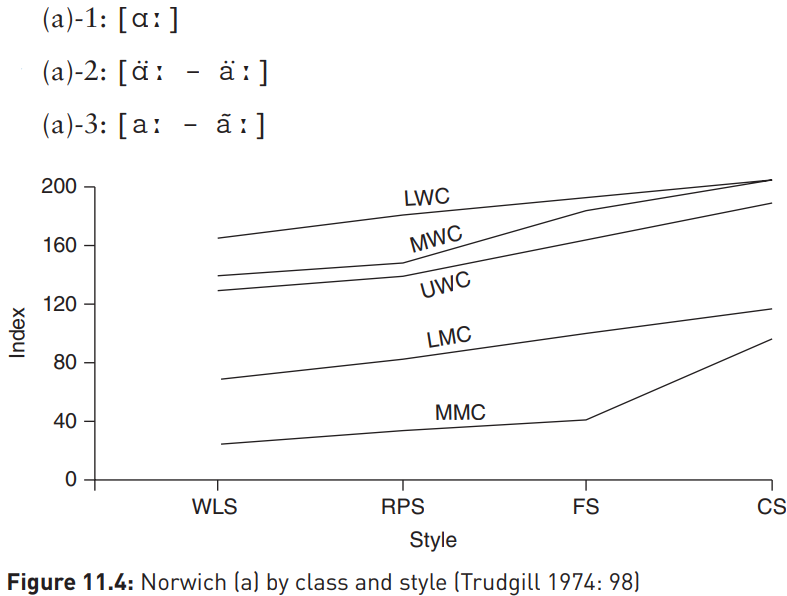

Grammar


Tenses


Present

Present Simple

Present Continuous

Present Perfect

Present Perfect Continuous


Past

Past Simple

Past Continuous

Past Perfect

Past Perfect Continuous


Future

Future Simple

Future Continuous

Future Perfect

Future Perfect Continuous


Parts Of Speech


Nouns

Countable and uncountable nouns

Verbal nouns

Singular and Plural nouns

Proper nouns

Nouns gender

Nouns definition

Concrete nouns

Abstract nouns

Common nouns

Collective nouns

Definition Of Nouns

Animate and Inanimate nouns

Nouns


Verbs

Stative and dynamic verbs

Finite and nonfinite verbs

To be verbs

Transitive and intransitive verbs

Auxiliary verbs

Modal verbs

Regular and irregular verbs

Action verbs

Verbs


Adverbs

Relative adverbs

Interrogative adverbs

Adverbs of time

Adverbs of place

Adverbs of reason

Adverbs of quantity

Adverbs of manner

Adverbs of frequency

Adverbs of affirmation

Adverbs


Adjectives

Quantitative adjective

Proper adjective

Possessive adjective

Numeral adjective

Interrogative adjective

Distributive adjective

Descriptive adjective

Demonstrative adjective


Pronouns

Subject pronoun

Relative pronoun

Reflexive pronoun

Reciprocal pronoun

Possessive pronoun

Personal pronoun

Interrogative pronoun

Indefinite pronoun

Emphatic pronoun

Distributive pronoun

Demonstrative pronoun

Pronouns


Pre Position


Preposition by function

Time preposition

Reason preposition

Possession preposition

Place preposition

Phrases preposition

Origin preposition

Measure preposition

Direction preposition

Contrast preposition

Agent preposition


Preposition by construction

Simple preposition

Phrase preposition

Double preposition

Compound preposition

prepositions


Conjunctions

Subordinating conjunction

Correlative conjunction

Coordinating conjunction

Conjunctive adverbs

conjunctions


Interjections

Express calling interjection

Phrases

Sentences


Grammar Rules

Passive and Active

Preference

Requests and offers

wishes

Be used to

Some and any

Could have done

Describing people

Giving advices

Possession

Comparative and superlative

Giving Reason

Making Suggestions

Apologizing

Forming questions

Since and for

Directions

Obligation

Adverbials

invitation

Articles

Imaginary condition

Zero conditional

First conditional

Second conditional

Third conditional

Reported speech

Demonstratives

Determiners


Linguistics

Phonetics

Phonology

Linguistics fields

Syntax

Morphology

Semantics

pragmatics

History

Writing

Grammar

Phonetics and Phonology

Semiotics


Reading Comprehension

Elementary

Intermediate

Advanced


Teaching Methods

Teaching Strategies

Assessment
Variation by class and style
المؤلف:
David Hornsby
المصدر:
Linguistics A complete introduction
الجزء والصفحة:
231-11
2024-01-01
1275
Variation by class and style
A striking finding of both surveys was the very clear pattern of class stratification in speech: use of prestigious or standard variants by each social class mirrors exactly the hierarchy determined by the criteria for the social class index. This is true, moreover, in all styles, though differences are less pronounced in formal styles. Figure 11.3 shows class stratification for the (ng) variable in Norwich, for which variation affects the present participle and gerund suffix -ing. Again, two variants were identified: the standard velar nasal  ((ng)-1), and East Anglian vernacular
((ng)-1), and East Anglian vernacular  ((ng)-2) of hunt’n, shoot’n, fish’n stereotype. An index score for each speaker was then calculated on the basis of a score of 1 for tokens of (ng)-1, and 2 for each token of (ng)-2, the total being divided by the number of tokens. The results for each class in each style were then plotted on a graph:
((ng)-2) of hunt’n, shoot’n, fish’n stereotype. An index score for each speaker was then calculated on the basis of a score of 1 for tokens of (ng)-1, and 2 for each token of (ng)-2, the total being divided by the number of tokens. The results for each class in each style were then plotted on a graph:

Aside from the clear pattern of stratification across the five social classes Trudgill identified in Norwich (lower, middle and upper working class; lower and middle middle class), two points are noteworthy from this graph:
1 The fact that the lines slope in the same direction is indicative that, for this variable at least, Norwich forms a speech community on the basis of shared norms. While the social classes differ in their behavior, Norwich informants of all classes adjust their speech in the direction of more  use in formal styles.
use in formal styles.
2 The graph lines are quite steep for this variable, indicating a significant difference between formal and informal styles: the Norwich speech community is clearly aware of the social significance of this variable, and when given an opportunity to monitor their speech, informants make an effort to avoid the non-standard variant.
A variable like (ng) which shows a high degree of social and stylistic variation is called a marker. In some cases, a vernacular variant of a marker becomes so well known as to be the subject of overt mockery by outsiders: these stigmatized variants or stereotypes (for example ‘Bristol l’), are then avoided by all but lowest-status speakers. Indicators by contrast, show class stratification but relatively little stylistic differentiation. A good example, again from Norwich, is the (a) variable in words like after, cart, path for which the standard form is a back vowel, but vernacular variants are fronted:

As we can see from Figure 11.4, the variable (a) shows the familiar pattern of social stratification but the slopes are much flatter, because there is little difference between formal and informal styles. This suggests that, although the Norwich speech community agrees on what the ‘correct’ form is (the lines again all slope in the same direction), they do not perceive the variation to be socially significant in this case.
 الاكثر قراءة في Phonetics
الاكثر قراءة في Phonetics
 اخر الاخبار
اخر الاخبار
اخبار العتبة العباسية المقدسة

الآخبار الصحية















 قسم الشؤون الفكرية يصدر كتاباً يوثق تاريخ السدانة في العتبة العباسية المقدسة
قسم الشؤون الفكرية يصدر كتاباً يوثق تاريخ السدانة في العتبة العباسية المقدسة "المهمة".. إصدار قصصي يوثّق القصص الفائزة في مسابقة فتوى الدفاع المقدسة للقصة القصيرة
"المهمة".. إصدار قصصي يوثّق القصص الفائزة في مسابقة فتوى الدفاع المقدسة للقصة القصيرة (نوافذ).. إصدار أدبي يوثق القصص الفائزة في مسابقة الإمام العسكري (عليه السلام)
(نوافذ).. إصدار أدبي يوثق القصص الفائزة في مسابقة الإمام العسكري (عليه السلام)


















